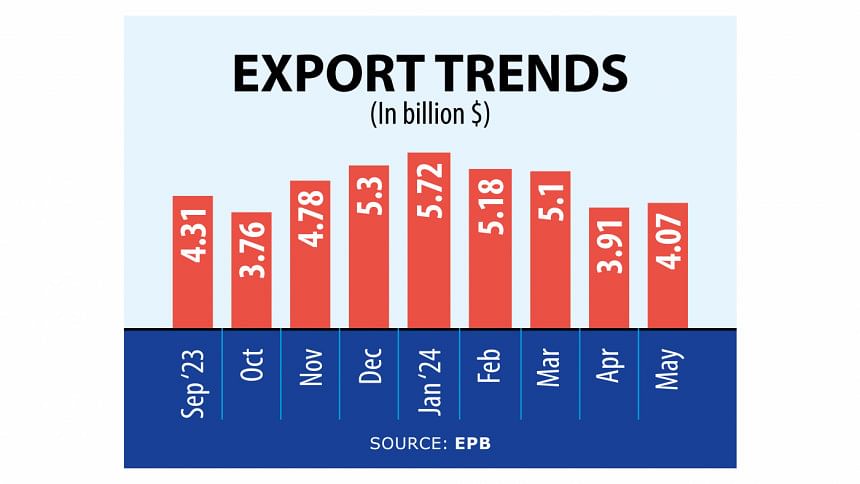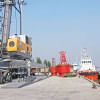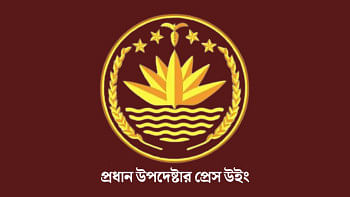Exports slide 16% in May

Merchandise exports from Bangladesh declined 16.06 percent year-on-year to $4.07 billion in May due to the poor performance of major sectors such as garments, jute and jute goods, and leather and leather products, official figures showed yesterday.
However, overall shipments grew 2.01 percent to $51.54 billion in July-May, according to data from the Export Promotion Bureau (EPB).
May's drop comes at a time when the government is looking to give a much-needed fillip to the foreign exchange reserves and reverse the widening deficit in the financial account on the back of export and remittance earnings, the two biggest sources of international currencies for the country.
SM Mannan Kochi, president of the Bangladesh Garment Manufacturers and Exporters Association, blamed the global inflationary pressures for the reduction in exports.
The shipment was severely impacted by the slide in demand as consumers in the western markets are still reeling from an elevated level of prices, fuelled by the lingering impact of the Covid-19 pandemic and the raging Russia-Ukraine war.
The sales of garment items, which account for more than 84 percent of Bangladesh's total annual exports, grew 2.86 percent to $43.85 billion in the first 11 months of the current financial year.
Knitwear shipments grew 6.15 percent year-on-year to $24.70 billion in July-May, but the exports of woven garments fell 1.09 percent to $19.14 billion.
Garment shipments to the US and the European Union declined by 7.18 percent and 12.84 percent, respectively, said Kochi.
The price of garment items exported from Bangladesh to the US fell by 8 percent, while it declined 18 percent in the EU, he said.
According to the EPB, the export of jute and jute goods fell 7.53 percent to $784.69 million in July-May.
Md Saiful Islam, a former director of the Bangladesh Jute Spinners Association, said the imposition of a 2 percent source tax on export receipts since 2020 has discouraged exporters, which impacted the sales of jute and jute goods.
Leather and leather goods' exports slipped 14.17 percent to $961.49 million, home textile shipment declined 24.29 percent to $776.06 million, and frozen foods receipts were down 13.56 percent to $344.98 million.
However, some sectors performed relatively better in July-May compared to a year earlier.
For instance, the export of agricultural products grew 8.2 percent to $846.33 million, the shipments of non-traditional cotton waste surged 34.04 percent to $502.88 million, and that of man-made staple fibre was up 9.10 percent to $310.43 million.
The exports of specialised textiles went up by 16.90 percent to $302.84 million. Non-leather footwear saw a 6.87 percent increase in sales to $463.33 million.
The latest figure from the EPB means Bangladesh is unlikely to hit the export target fixed for 2023-24, which ends on June 30. The government has set a goal to sell merchandise goods worth $62 billion in FY24.
Bangladesh exported goods worth $55.55 billion in 2022-23.

 For all latest news, follow The Daily Star's Google News channel.
For all latest news, follow The Daily Star's Google News channel. 








Comments